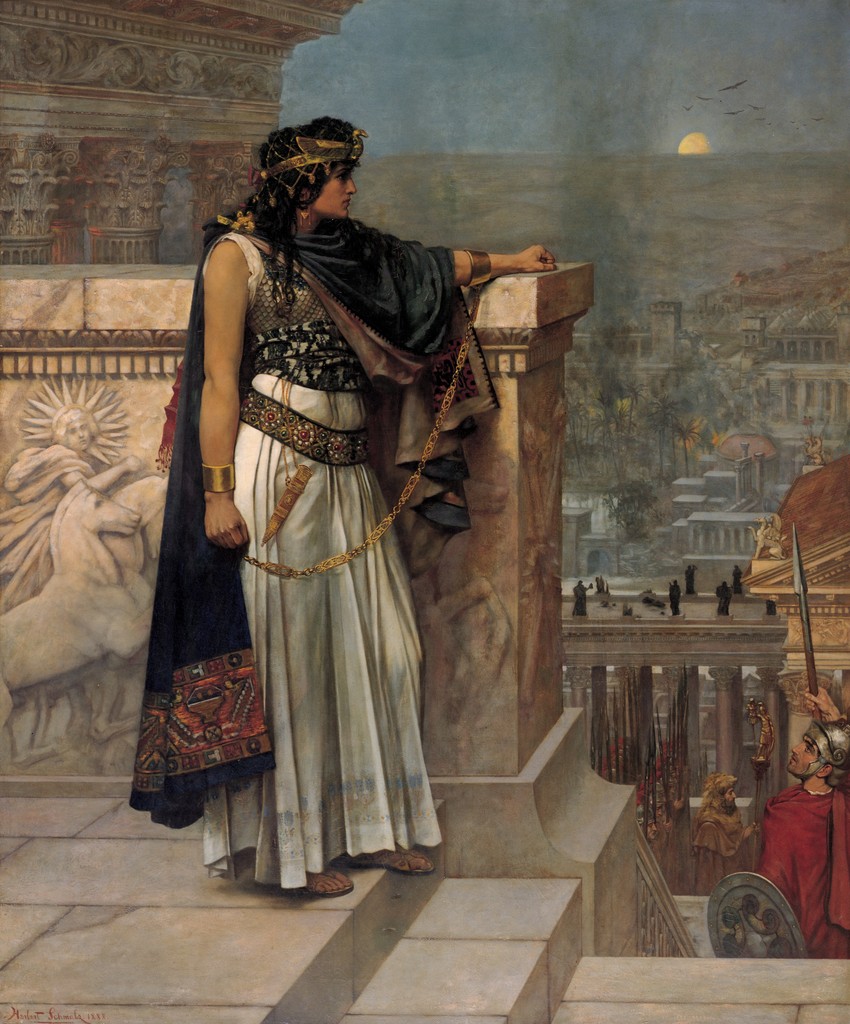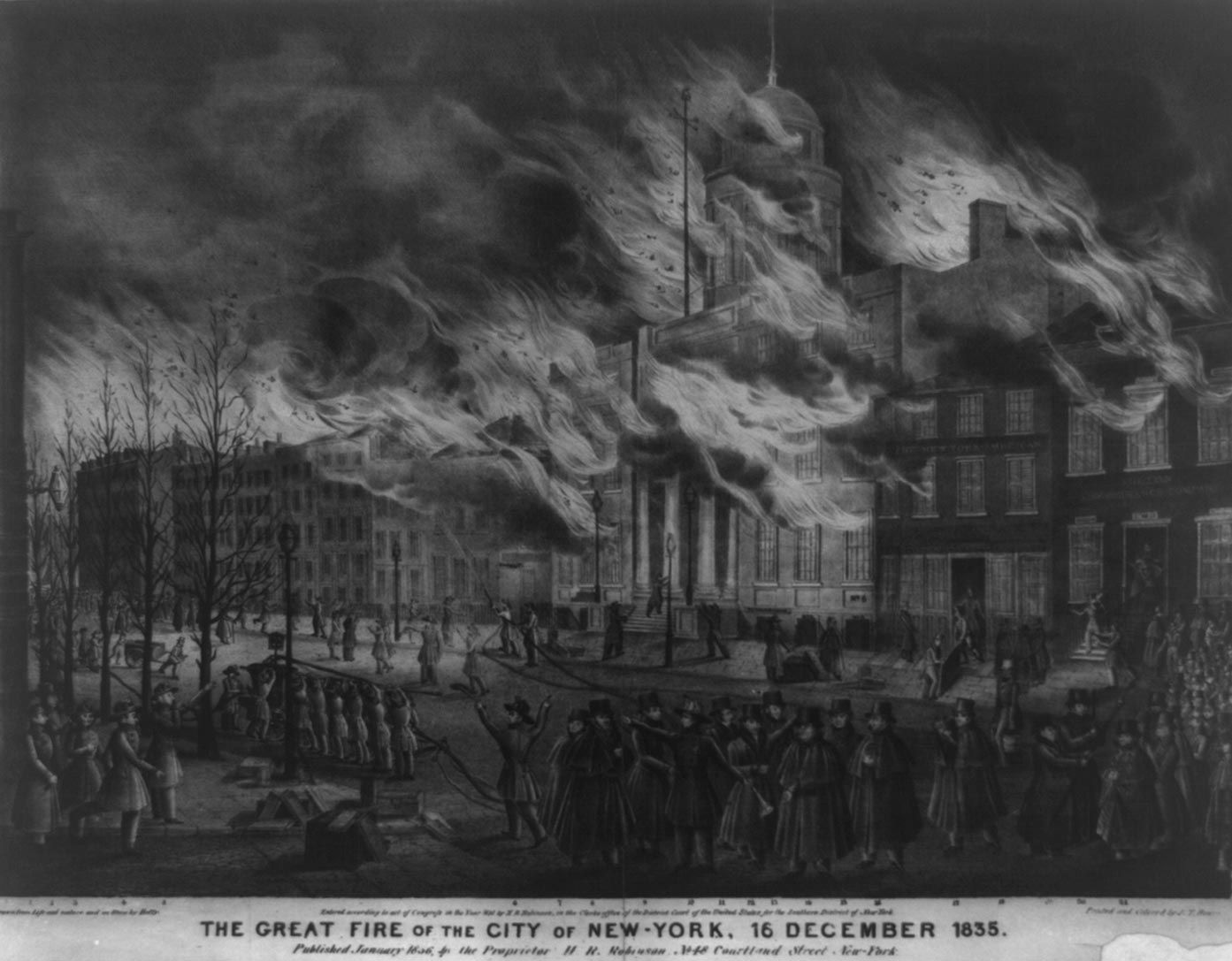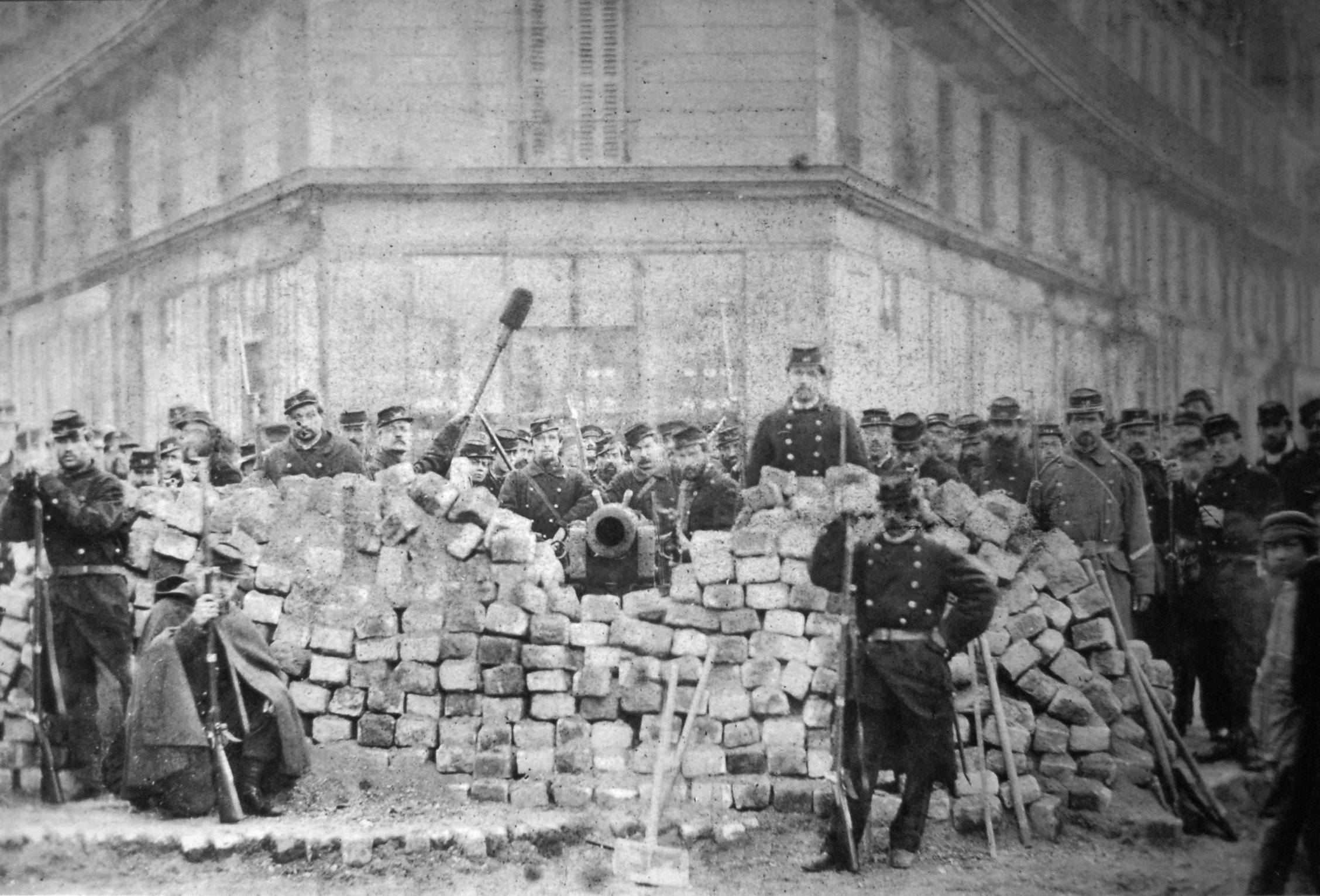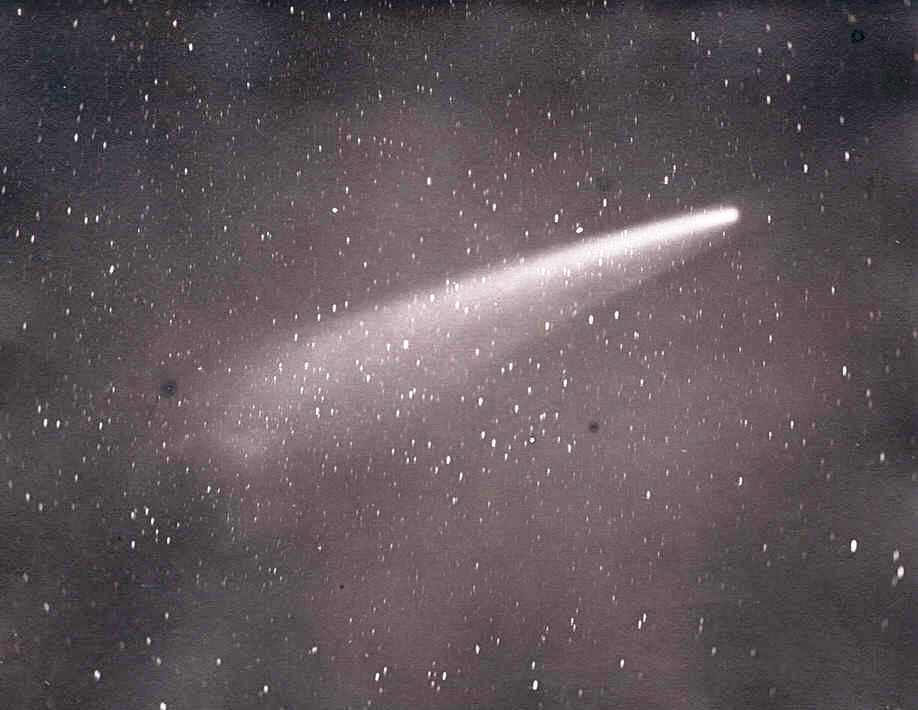|
Marie Chiffon
Marie Chiffon (née Marie Augustine Gaboriaud; 1835–1882) was a militant republican who served as an ambulance nurse in the Paris Commune in 1871. She was known as "la Capitaine" ("the captain"). For her actions during the Commune, she was deported to New Caledonia. She died there in 1882. Biography Born into a family of peasants on 24 August 1835 in Ardelay (Vendée), Marie Augustine Gaboriaud left to work as a washerwoman in Paris in the 1860s. On 15 January 1867, she married Jules Chiffon, a merchant from a family of stonemasons from the Dijon region. During the Paris Commune, she joined the ''Union des femmes pour la défense de Paris et les soins aux blessés'' ("Women's Union for the Defence of Paris and Care of the Wounded") as an ambulance nurse. Her husband had been elected captain of the 121st battalion of the National Guard on 28 March 1871, the day before the proclamation of the Commune Council. During the ''semaine sanglante'' ("bloody week"), when Versailles t ... [...More Info...] [...Related Items...] OR: [Wikipedia] [Google] [Baidu] |
Paris Commune
The Paris Commune (, ) was a French revolutionary government that seized power in Paris on 18 March 1871 and controlled parts of the city until 28 May 1871. During the Franco-Prussian War of 1870–71, the French National Guard (France), National Guard had defended Paris, and working-class radicalism grew among its soldiers. Following the establishment of the French Third Republic in September 1870 (under French chief-executive Adolphe Thiers from February 1871) and the complete defeat of the French Army by the Germans by March 1871, soldiers of the National Guard seized control of the city on 18 March. The Communards killed two French Army generals and refused to accept the authority of the Third Republic; instead, the radicals set about establishing their own independent government. The Commune governed Paris for two months, promoting policies that tended toward a Progressivism, progressive, anti-clericalism , anti-religious system, which was an eclectic mix of many 19th-cent ... [...More Info...] [...Related Items...] OR: [Wikipedia] [Google] [Baidu] |
Penal Labour
Penal labour is a term for various kinds of forced labour that prisoners are required to perform, typically manual labour. The work may be light or hard, depending on the context. Forms of sentence involving penal labour have included involuntary servitude, penal servitude, and imprisonment with hard labour. The term may refer to several related scenarios: labour as a form of punishment, the prison system used as a means to secure labour, and labour as providing occupation for convicts. These scenarios can be applied to those imprisoned for political, religious, war, or other reasons as well as to criminal convicts. Large-scale implementations of penal labour include labour camps, prison farms, penal colonies, penal military units, penal transportation, or aboard prison ships. Punitive versus productive labour Punitive labour, also known as convict labour, prison labour, or hard labour, is a form of forced labour used in both the past and the present as an additiona ... [...More Info...] [...Related Items...] OR: [Wikipedia] [Google] [Baidu] |
Female Revolutionaries
This is a list of women who led a revolt or rebellion. A revolution, revolt is an organized attempt to overthrow an existing body of State (polity), state authority through a rebellion, or uprising. Armed conflict Before 1000 AD * In 671–670 BC, the oracle of Nusku, a former slave-girl, initiated a rebellion against the Assyria, Assyrian king Esarhaddon in favor of the official Sasi (usurper), Sasi and played a central role in the ensuing conspiracy. * In 280 BC, Chilonis (daughter of Leotychidas), Chelidonis, a Spartan princess, orchestrated provisioning the warriors on the wall during the Siege of Sparta. She wore a noose around her neck to show her husband Cleonymus of Sparta, Cleonymus that she would not be taken alive. * In the 9th century BC, according to the legendary history of Britain, Queen Gwendolen gathered an army and fought her ex-husband, Locrinus, in a civil war for the throne of Britain. She defeated him and became the monarch. * In 131 BC, Cleopatra II o ... [...More Info...] [...Related Items...] OR: [Wikipedia] [Google] [Baidu] |
1835 Births
Events January–March * January 7 – anchors off the Chonos Archipelago on her second voyage, with Charles Darwin on board as naturalist. * January 8 – The United States public debt contracts to zero, for the only time in history. * January 24 – Malê Revolt: African slaves of Yoruba Muslim origin revolt against Brazilian owners at Salvador, Bahia. * January 26 ** Queen Maria II of Portugal marries Auguste de Beauharnais, 2nd Duke of Leuchtenberg, in Lisbon; he dies only two months later. ** Saint Paul's in Macau is largely destroyed by fire after a typhoon hits. * January 30 – The first assassination attempt against a President of the United States is carried out against U.S. President Andrew Jackson at the United States Capitol * February 1 – Slavery is abolished in Mauritius. * February 20 – 1835 Concepción earthquake: Concepción, Chile, is destroyed by an earthquake. The resulting tsunami destroys the neighboring city of Talcahuano. * March 2 – ... [...More Info...] [...Related Items...] OR: [Wikipedia] [Google] [Baidu] |
Communards
The Communards () were members and supporters of the short-lived 1871 Paris Commune formed in the wake of the French defeat in the Franco-Prussian War. After the suppression of the Commune by the French Army in May 1871, 43,000 Communards were taken prisoner, and 6,500 to 7,500 fled abroad.Milza, 2009a, pp. 431–432 The number of Communard soldiers killed in combat or executed afterwards during the week has long been disputed— Prosper-Olivier Lissagaray put the number at 20,000, while estimates by more recent historians put the probable number between 10,000 and 15,000. 7,500 were jailed or deported under arrangements which continued until a general amnesty during the 1880s; this action by Adolphe Thiers forestalled the proto-communist movement in the French Third Republic (1871–1940). Franco-Prussian War and the Paris Commune The working class of Paris were feeling ostracized after the decadence of the Second Empire and the Franco-Prussian War. The Prussians be ... [...More Info...] [...Related Items...] OR: [Wikipedia] [Google] [Baidu] |
1882 Deaths
Events January * January 2 ** The Standard Oil Trust (business), Trust is secretly created in the United States to control multiple corporations set up by John D. Rockefeller and his associates. ** Irish-born author Oscar Wilde arrives in New York at the beginning of a lecture tour of the United States and Canada. * January 5 – Charles J. Guiteau is found guilty of the assassination of James A. Garfield (President of the United States) and sentenced to death, despite an insanity defense raised by his lawyer. * January 12 – Holborn Viaduct power station in the City of London, the world's first coal-fired public electricity generating station, begins operation. February * February 3 – American showman P. T. Barnum acquires the elephant Jumbo from the London Zoo. March * March 2 – Roderick Maclean fails in an attempt to assassinate Queen Victoria, at Windsor, Berkshire, Windsor. * March 18 (March 6 Old Style) – The Principality of Serbia becomes ... [...More Info...] [...Related Items...] OR: [Wikipedia] [Google] [Baidu] |
French Nurses
French may refer to: * Something of, from, or related to France ** French language, which originated in France ** French people, a nation and ethnic group ** French cuisine, cooking traditions and practices Arts and media * The French (band), a British rock band * "French" (episode), a live-action episode of ''The Super Mario Bros. Super Show!'' * ''Française'' (film), a 2008 film * French Stewart (born 1964), American actor Other uses * French (surname), a surname (including a list of people with the name) * French (tunic), a type of military jacket or tunic * French's, an American brand of mustard condiment * French (catheter scale), a unit of measurement * French Defence, a chess opening * French kiss, a type of kiss See also * France (other) * Franch, a surname * French Revolution (other) * French River (other), several rivers and other places * Frenching (other) * Justice French (other) Justice French may refer to: * C. G. ... [...More Info...] [...Related Items...] OR: [Wikipedia] [Google] [Baidu] |
Nouméa
Nouméa () is the capital and largest city of the French Sui generis collectivity, special collectivity of New Caledonia and is also the largest Francophone city in Oceania. It is situated on a peninsula in the south of New Caledonia's main island, Grande Terre (New Caledonia), Grande Terre, and is home to the majority of the island's European, Polynesian (Wallis and Futuna, Wallisians, Wallis and Futuna, Futunians, Tahitians), Indonesian, and Vietnamese people, Vietnamese populations, as well as many Melanesians, Ni-Vanuatu and Kanak people, Kanaks who work in one of the Oceania, South Pacific's most industrialised cities. The city lies on a protected deepwater harbour that serves as the chief port for New Caledonia. At the September 2019 census, there were 182,341 inhabitants in the metropolitan area of Greater Nouméa (), 94,285 of whom lived in the city (Communes of France, commune) of Nouméa proper. 67.2% of the population of New Caledonia lives in Greater Nouméa, which ... [...More Info...] [...Related Items...] OR: [Wikipedia] [Google] [Baidu] |
Pont D'Austerlitz
The Pont d'Austerlitz is a bridge which crosses the Seine River in Paris, France. It owes its name to the battle of Austerlitz (1805). Location The bridge links the 12th arrondissement at the rue Ledru-Rollin, to the 5th and 13th arrondissements, at the Jardin des Plantes de Paris, Jardin des Plantes. History The construction of the bridge came from a necessity to link the Faubourg Saint-Antoine on the right bank to the Jardin des Plantes on the left bank. At the beginning of the 19th century the first bridge was constructed. In 1801, the engineer Becquey de Beaupré proposed a five-arched bridge. In 1854, the bridge was judged dangerous and the width was increased to 18 meters (59 feet) and finally to 30 meters (98 feet). Characteristics * Type : Arch bridge * Construction : 1801–1805, 1854 and 1884–1885 * Inauguration : 1854 and 1885 * Architects : Alexandre Michal, Jules Savarin (1854) – Jean-Marie-Georges Choquet (1885) * Material : Stone Masonry * Tota ... [...More Info...] [...Related Items...] OR: [Wikipedia] [Google] [Baidu] |
Penal Colony Of New Caledonia
The penal colony of New Caledonia was a penitentiary establishment which was in operation from 1864 to 1924 on the southwest Pacific islands of New Caledonia. Many French prisoners from mainland France (approximately 21,000) were deported there. Divided into three categories, these convicts could hope to be released without obtaining a return to mainland France. The penal settlers There were three types of convicts: * the " Transported" (according to the French law of May 30, 1854 on colonial convictions): by far the most numerous, also called "slave" because sentenced to hard labor (8 years to life) for common law crimes (ranging from simple assault or indecent assault to murder), most of them were placed in the Île Nou penitentiary and were used for the construction of the roads and buildings of the colony, first of all the construction of the penitentiary-depot of the island, just in front of the capital renamed Nouméa, New Caledonia becoming a theater of experimentatio ... [...More Info...] [...Related Items...] OR: [Wikipedia] [Google] [Baidu] |
Semaine Sanglante
The ''Semaine sanglante'' ("") was a weeklong battle in Paris from 21 to 28 May 1871, during which the French Army recaptured the city from the Paris Commune. This was the final battle of the Paris Commune. Following the Treaty of Frankfurt (1871), Treaty of Frankfurt and France's loss in the Franco-Prussian War, on 18 March the new French government under Prime Minister Adolphe Thiers attempted to remove a large number of cannon from a park in Montmartre, to keep them out of the hands of the more radical soldiers of the Paris National Guard (France), National Guard. In the confrontation that followed, two French generals were seized and executed by the National Guard. Thiers, the army commander Patrice de MacMahon and the French government hurriedly left the city, and established their headquarters in Palace of Versailles, Versailles, and prepared plans to recapture the city. The Paris Commune made an unsuccessful attack on Versailles under the leadership of Louis Charles De ... [...More Info...] [...Related Items...] OR: [Wikipedia] [Google] [Baidu] |
Commune Council (Paris)
The Commune Council (), simply known as the Commune, was the government during the 72-day Paris Commune in 1871. Following elections on 26 March, the municipal council adopted the formal name Paris Commune in its first session, implying a more revolutionary intent. The council declared itself and its name on 28 March at the Hôtel de Ville as a celebratory event. Their first proclamation followed the next day, reminding citizens of their autonomy and warning of civil war. The Commune was supported by the vast majority of Parisians. The Central Committee of the National Guard National guard is the name used by a wide variety of current and historical uniformed organizations in different countries. The original National Guard was formed during the French Revolution around a cadre of defectors from the French Guards. ... recognized and relinquished power to the Commune, but continued to organize as the "guardian of the revolution". The two groups exercised a de facto dual sov ... [...More Info...] [...Related Items...] OR: [Wikipedia] [Google] [Baidu] |





